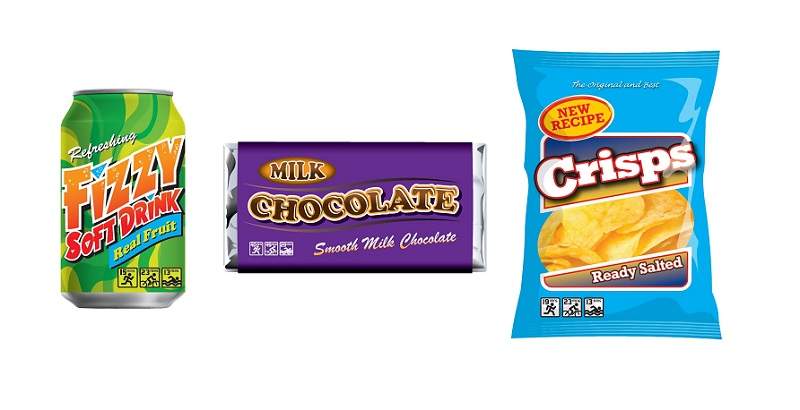
At a recent Westminster Food & Nutrition Forum event in London titled ‘Next Steps for UK Food Labelling Policy and Opportunities Post-Brexit’, speakers discussed how the political climate in the UK might affect packaging and labelling after the country leaves the European Union.
The issue is a pertinent one, with Prime Minister Theresa May even feeling the need to include it in a EU-focused speech at a Conservative Party conference in early 2017, claiming that Britain will soon be able to make its own decisions “on a whole host of different matters, from how we label our food to the way in which we choose to control immigration.”
While much scrutiny has gone into just how the packaging sector might change after Brexit, the reality of how UK food labelling will evolve is still unclear. One alternative to the current system, proposed by the Royal Society for Public Health (RSPH), is ‘activity equivalence labelling’. Rather than using the current ‘traffic light’ label, activity equivalence opts instead to communicate how much exercise it would take to burn off that specific food. The RSPH believes the new proposal will pave the way to a simpler, more eye-catching method of showcasing calorific content.
Sporty stick figures
Following up after the Food & Nutrition Forum event, senior policy and communications executive for RSPH Matt Keracher detailed the need for an alternative to the current system, saying “The whole idea is that there is too much numerical and complicated information on the front and back of food packages. We know that people spend around 6 seconds looking at food before they purchase, and that’s really not enough time to start working out recommended daily intakes and percentages – especially when daily intakes are listed for 100g and the product is 250g.”
“People just don’t have the willpower to stand and work it all out. We need something that’s immediately recognisable that you can just glance at.” The proposal from the RSPH is for packages to carry small images of stick figures representing various sporting activities, such as running, walking and cycling, along with a time for each, indicating how much of that activity it would take to burn the food off.
The concept is nothing new, with the RSPH introducing ‘activity equivalence’ in a report back in early 2016, however the organisation believes that with Brexit on the horizon, the time is right for the activity equivalence argument to be reopened. “There’s a lot of EU regulations that control food packaging and what can and can’t be on there,” explains Keracher, “we see Brexit as an opportunity for some companies to branch out and trial some things that maybe weren’t allowed under EU legislation before.”
Industry apathy
The organisation’s own public opinion polling found that 63% of people questioned were supportive of bringing in activity equivalent calorie labelling, with many commenting that it would make them think twice about eating certain unhealthy foods. The response from industry though, has not been so warm. Currently only one company has voluntarily taken up activity equivalence on their packaging, green pea snack company Taking the Pea.
On Taking the Pea’s company blog, the product’s creator expresses confusion as to why other brands haven’t taken up activity equivalence on their packaging, but Keracher thinks he has the answer. “It’s probably in their interest to keep food labelling quite complicated…There’s no real appetite to make people more aware of the unhealthy ingredients as people will buy less of them. That muffin or chocolate bar might take an hour to jog off”
Of course, if the government decides to review food packaging regulations post-Brexit it might not be up to industry what goes on their packets. Still, activity equivalence is still a long way from becoming the norm, with the main issue being whether all foods would receive the same treatment. After all, many products have high calorific content, but are largely considered to have a net benefit, such as most nuts.
“The whole idea behind this was to introduce it for high fat, salt and sugar (HFSS) foods. It’s difficult to say whether it would be useful on all foods but the specific aim was to target those foods that traditionally are calorie dense but are nutritionally lacking, whether that’s the Food Standards Agency’s categorisation of HFSS foods, or whether it’s a new category altogether that’s yet to be decided,” claims Keracher.
It seems clear that any alternative to the current system would require a tricky legislative period and heavy regulation. The food packaging industry should brace for change, but a significant amount of research into consumer mentality and shopping practices is needed before a decision can be reached, and as with every regulatory sector in the UK in the coming years, food labelling professionals will need to prepare themselves to soon look to Westminster, not Brussels for answers.



